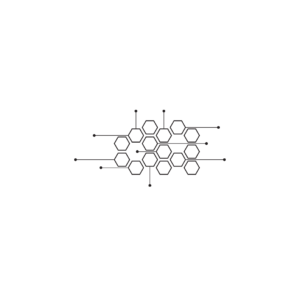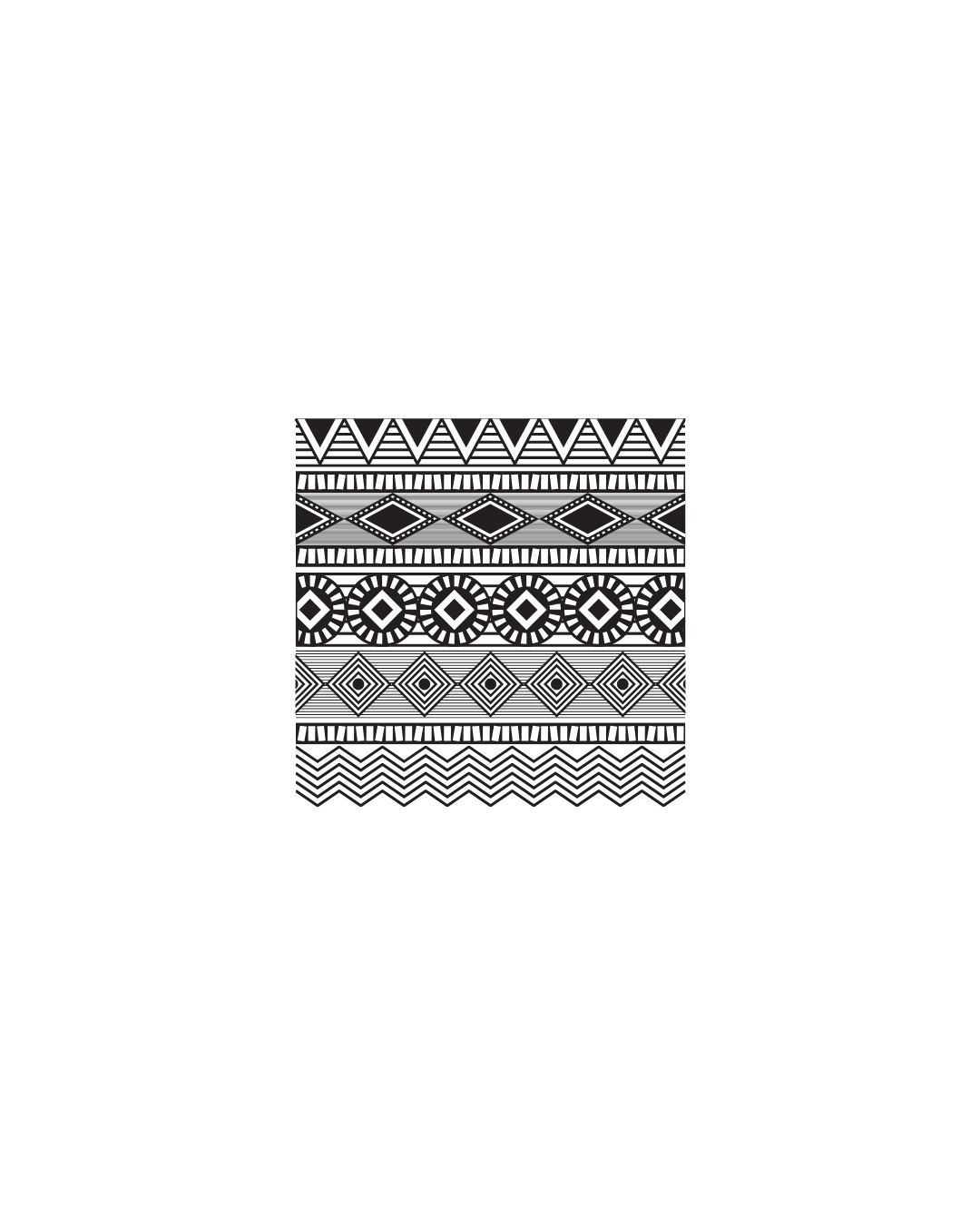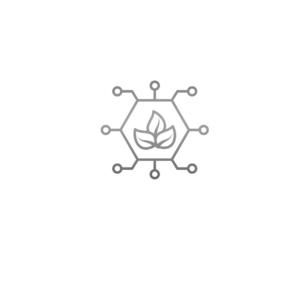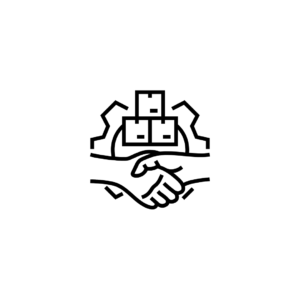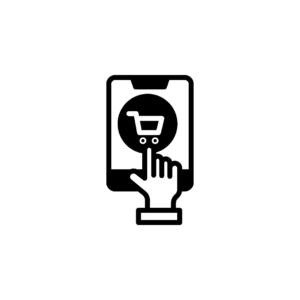Description
An Advanced Diploma in Textile Designing is designed to equip students with the skills and knowledge necessary to create innovative textile products, considering aesthetic, functional, and sustainable aspects. This program covers various aspects of textile design, including fabric creation, printing, dyeing, and weaving, as well as a deep understanding of textile materials and technology.
Course Details:
Duration: Typically 1 to 2 years, depending on the institution and program format (full-time or part-time).
Eligibility: Generally requires a high school diploma or equivalent; a background in art, design, or textiles can be beneficial.
Mode of Study: A mix of classroom instruction, practical workshops, hands-on projects, and industry exposure.
Curriculum:
The curriculum for an Advanced Diploma in Textile Designing usually includes the following key components:
1. Introduction to Textile Design
Overview of Textile Industry: Understanding the various sectors within the textile industry, including apparel, home textiles, and technical textiles.
History of Textiles: Study of significant historical developments and traditional textile practices across cultures.
2. Textile Materials and Properties
Understanding Fibers and Fabrics: In-depth knowledge of natural and synthetic fibers, yarn types, and fabric properties.
Fabric Construction Techniques: Exploring weaving, knitting, and nonwoven techniques, as well as their impact on fabric performance.
3. Textile Print and Pattern Design
Digital and Traditional Printing Techniques: Learning various textile printing methods such as screen printing, rotary printing, and digital printing.
Pattern Development: Skills for creating unique patterns and motifs for textiles using software and traditional techniques.
4. Color Theory in Textiles
Color Mixing and Application: Understanding color theory, color matching, and the effect of color on fabric design.
Dye Techniques: Learning dyeing processes, including direct dyeing, resist dyeing, and eco-friendly dyeing methods.
5. Surface Design Techniques
Embroidery and Appliqu?: Exploring hand and machine embroidery, as well as various appliqu? techniques for enhancing fabric surfaces.
Textural Techniques: Techniques for creating texture through fabric manipulation, tufting, or layering.
6. Sustainable Textile Practices
Eco-friendly Materials: Understanding the importance of sustainable practices in textile production, including the use of organic materials and recycling.
Impact of Textiles on the Environment: Strategies for minimizing waste and supporting ethical production practices.
7. Textile Technology and Innovation
Emerging Technologies: Exploration of innovative technologies such as smart textiles, 3D printing, and textile recycling methods.
Textile Testing and Quality Control: Learning methods to assess textile performance and quality assurance processes.
8. Fashion and Textile Trends
Trend Forecasting: Techniques for analyzing fashion trends and predicting future directions in textile design.
Market Analysis: Understanding consumer preferences and how they influence textile design.
9. Business Practices in Textile Design
Marketing and Branding: Learning how to market textile products and develop a brand identity in the textile industry.
Entrepreneurship: Skills for starting and managing a textile-related business, including pricing, production, and distribution.
10. Capstone Project
Final Project: A comprehensive project that allows students to create a textile collection or a detailed design project, demonstrating their skills and knowledge in textile design.
Assessment:
Assessment methods in this program may include:
Practical Projects: Development of textiles, patterns, or collections that showcase design and technical skills.
Portfolio Development: Creating a professional portfolio that highlights design projects, research, and practical work.
Written Assignments and Presentations: Testing theoretical knowledge through essays and project presentations.
Career Opportunities:
Graduates of an Advanced Diploma in Textile Designing can pursue various roles, including:
Textile Designer: Creating innovative designs for fashion, upholstery, and other applications.
Pattern Maker: Specializing in developing patterns for fabric production.
Dye Specialist: Focusing on dyeing processes and color application for textiles.
Textile Merchandiser: Managing the marketing and sales aspects of textile products for retail or manufacturing.
Sustainable Textile Consultant: Advising companies on eco-friendly practices and sustainable material sourcing.
This advanced diploma program prepares students for a successful career in textile design, providing them with the necessary creative, technical, and industry knowledge to thrive in this exciting field. If you have any further questions or would like more specific information about the program, feel free to ask!




